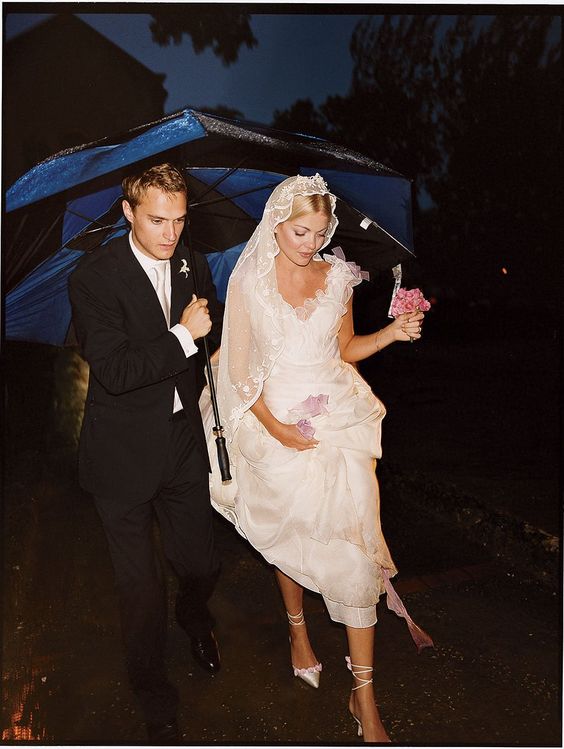The Allure of the Royal Wedding Throughout History
History
The Prettiest Wedding Flowers
Flowers
Veiled Beauties: History and Styles of Wedding Veils
Accessories
Featured Articles
Veiled Beauties: History and Favorite Styles of Veils

Like something old and something new, veils are a traditional part of a bridal ensemble. Their origins can be traced to superstition—Ancient Greeks and Romans feared spirits and demons, and believed they would chase brides up to the altar to steal her from her betrothed. Veils were meant to conceal the bride from these evil forces, and the tradition of ‘giving away the bride’ was a means to prevent her from tripping and falling because the thick fabric obstructed her sight. Today, some say it’s bad luck for a groom to see a bride until she reaches the altar; others believe a bride should stay hidden until the ceremony ends to seem pure or demure; and still others see the lifting of the veil as the bride’s shining moment, where her beauty is finally revealed to her groom and guests. No matter the reason, embracing the veil tradition infuses elegance and allure to a bridal look. Here is a showcase of not only the different types of veils, but a few curated selections for you to choose the final piece for your bridal look.
Blusher

A blusher veil can be worn with or without a longer veil covering the hair. The blusher covers a bride’s face and was originally more of a conservative choice. The father of the bride might pull the veil off his daughter’s face before they walk down the aisle, or the groom will lift it before their first kiss.
Shop Blusher Veils:
Elbow Veil

Also popular in the 1950s, elbow length veils often have a lace edging. They cover the shoulders and end just past the elbows.
Shop Elbow Veils:
Fingertip Veil

This cape-style choice covers more hair than other veils, and end around the wrist or fingertips. Kate Middleton brought this style back into fashion in 2011, when she wore an embroidered face-framing veil to her wedding.
Shop Fingertip Veils:
Ballet / Waltz Veil

This veil falls just above the knee or ankle, and is a lovely choice for brides who want the look of a long veil without choosing one that reaches the ground.
Shop Ballet / Waltz Veils:
Chapel Veil

A true classic, the chapel veil touches the floor and is often made of dreamy tulle. A chapel veil is an ethereal, dramatic choice for a traditional bride.
Shop Chapel Veils:
Cathedral Veil

Cathedral veils are long, show-stopping, and romantic. They trail behind the bride, creating a never-ending silhouette, and are traditionally worn in a religious setting.
Shop Cathedral Veils:
Juliet Cap Veil

This veil was all the rage in the 1920s and 30s, when brides were glamorous and demure. The veil fabric is shaped into a bonnet-style cap worn tightly over the head, with more veil fabric or lace cascading from the back.
Shop Juliet Cap Veils:
Mantilla Veil

These unconventional beauties are worn draped across the head, with no real shape or structure. They can also be a covering for a bun or updo, draped similarly but further back on the head.
Shop Mantilla Veils:
Draped Veil

A delicate and ethereal look, draped wedding veils are just that: gently draped on either side of the head. An effortless look that comes with a great amount of elegance.
Leave a Reply
FASHION
From the longest trains to the highest headdresses, here are the looks of the last century that we love the most.

Please Comment Below